By Savitha Hira
Renderings:
Courtesy Guggenheim
The winning entry of the much-talked-about and
debated Guggenheim Helsinki Museum competition by young Paris-based Architects
Moreau Kusunoki not only draws inspiration from the state of contemporary art
world over, but translates the prevailing mind-set into pulsating architecture…
‘Art in the city’ as it is christened, is a design
in the ‘now’. The historical essence of the city of Helsinki, the rich heritage
that Guggenheim carries forth, the established legacy of its iconic buildings
world over, the very fabric of the current mind-set that drives global art and
culture in the wake of openness, transparency, chaos, intelligible truths amid
chaos, lateral thinking, and the insatiable quest for something new,
intriguing, beyond the now… forms the essence of this building. Besides, the
building also augments possible future footprints in the area of building
material and design.
A low (ground-plus-one) horizontally spread
footprint strategically juxtaposed by a glass-topped vertical lighthouse-like tower
maximised to its scenic surrounds,has an exterior envelope of locally sourced charred
glazed wood; the entire building is composed into a set of individual units
(nine low lying pavilions)unified by interstitial spaces that are deliberately
left undefined – open to multiple possibilities – akin to an urban streetscape.
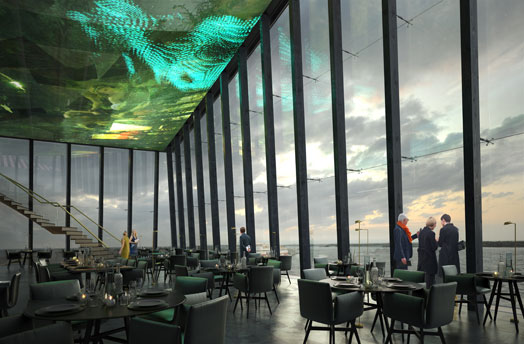 |
| . |
Extremely
briefly, this harbour-side timber-hybrid construction upon a concrete
water-tight box is designed for limiting crack width and constructed without
joints, with envelopes that have low U-values and excellent air tightness. The
signature roofs of the exhibition pavilions have been carefully designed to
maximize the penetration of diffuse natural light, whilst avoiding direct
daylightthat could damage the works of art.
The structural beams supporting the skylights are arranged orthogonally
in relation to the exhibition walls and this shed geometry is based on deep V
beams; the structural system constructed using Laminated Veneer Lumber to carry
loads across the wide open floor span, equipping heavy suspensions for art
works, exhibition preparation and maintenance.
Museums are said to be unusual in their design to
enable the visitor capture his most memorable moment in a place of profound
discovery and awe. Moreau Kusunoki’s design plays on this essential, making
sure that all functional spaces are closely woven into the beautiful surrounds
and all aesthetic appreciation is conceptualised as an extension of the culture
of Helsinki.
The architect duo, who show an ingrained passion for
detail, have addressed all parameters with infinitesimal precision – be it
environmental and climatic considerations, visitor movement, maintenance,
security, entertainment, lighting, ventilation, museum experience, sustainable
strategies…et al. No area is
secondary; very area and function is built in with equal significance that
makes for a holistic homecoming to art. The
museum has several entrances from outside to its anti-hierarchical, eventful
in-between spaces and aims at “creating a vibrant social atmosphere mixing
museum-goers and urban audiences”. The concept of flexibility of use is deftly
handled, making the state-of-the-art amenities and their habitats versatile.
What’s
more, the Moreau Kusunoki competition entry submission is a captivating
narration of their vision for the actualisation of the new museum in a manner that unfolds their every thought,
every plan and detail, as if they were accompanying you through every corner of
every space they envisage as the next big Guggenheim! We recommend the read at designguggenheimhelsinki.org.

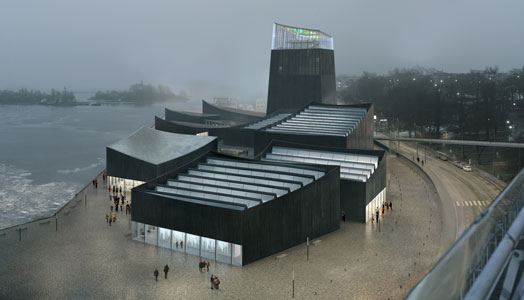

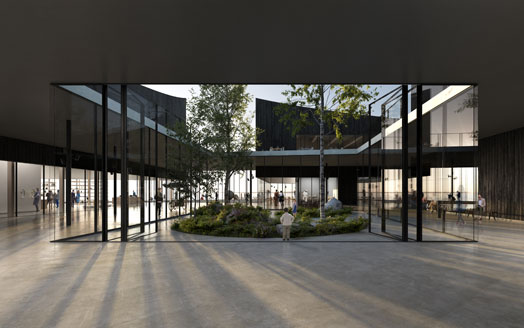

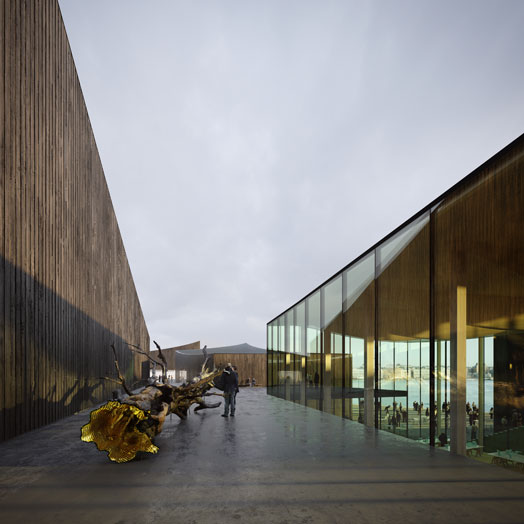
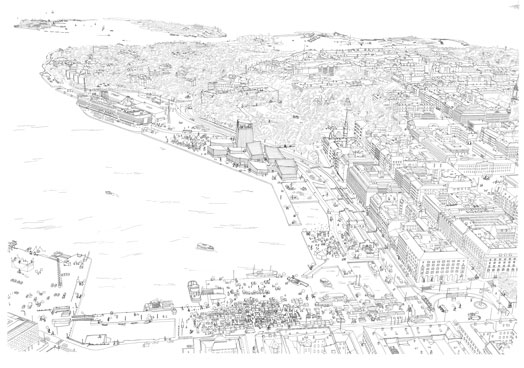
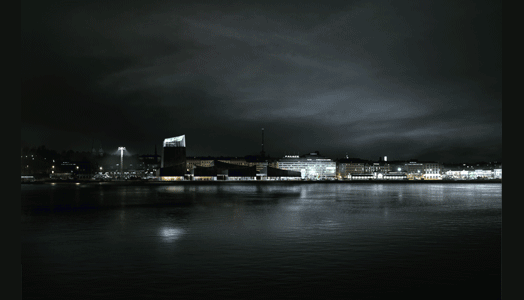
Awesome!!
ReplyDelete